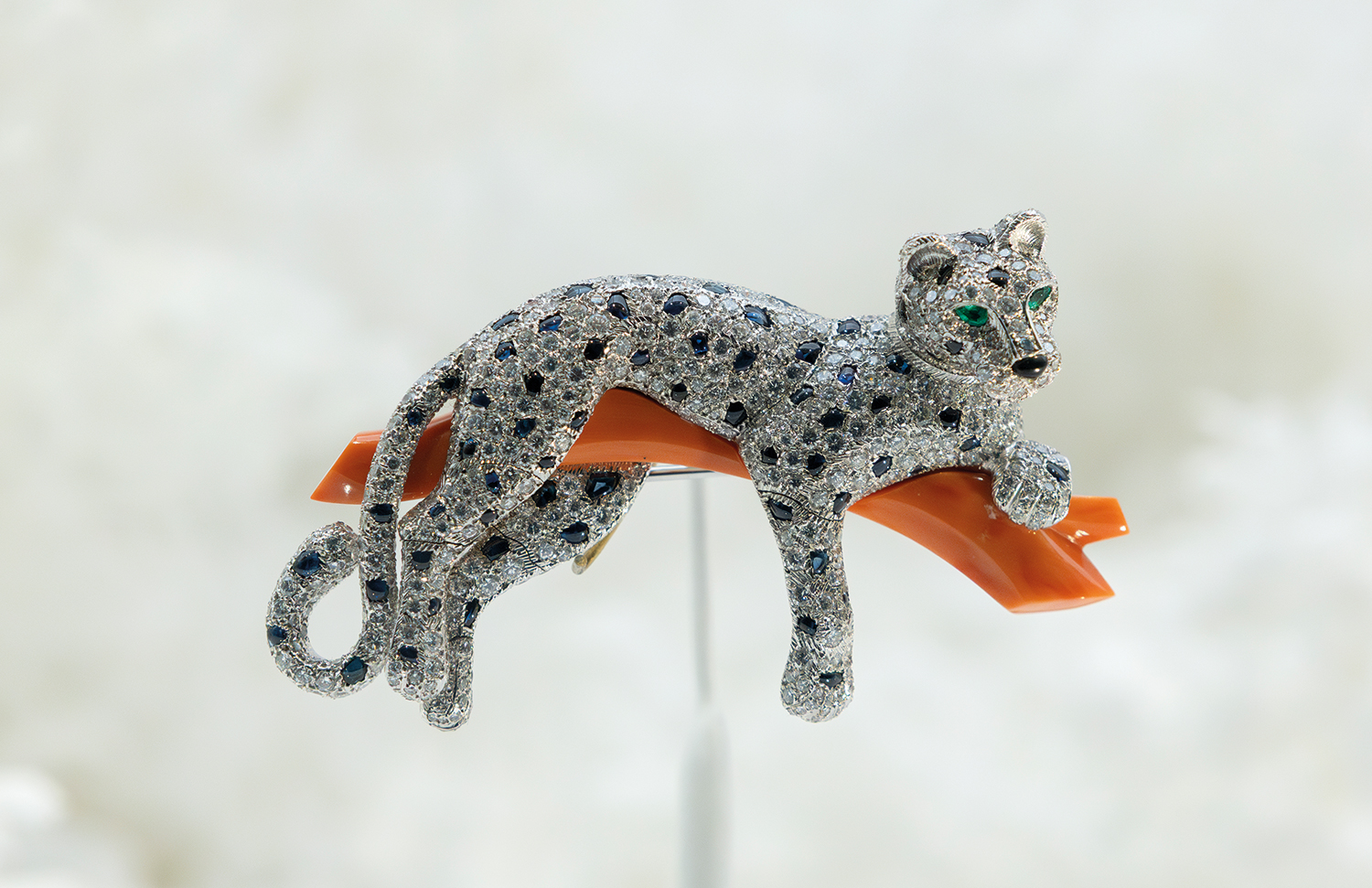
In the fall of, I suppose, 1962, my friend Jimmy Davison and I, window shopping on Fifth Avenue, bumped into the glamorous Venezuelan playboy-grandee Reinaldo Herrera. Jimmy asked where he was going. ‘I’m just nipping into Cartier. They’re fixing my skis,’ Reinaldo replied. Autres temps, autre moeurs. I doubt anyone today uses the world’s most famous jewellers as their local Timpson’s, though I suspect Cartier’s unrivalled in-house craftsmen could still run up a supple sapphire USB cable if requested.
I doubt anyone today uses the world’s most famous jewellers as their local Timpson’s
Because that was partly the firm’s point. Apart from the staggering banque-busting biggies, they, almost uniquely, made the most exquisite smaller things. Bejewelled necessaires de dames, exactly sculpted to a gloved palm, fitted with a matching, mirrored poudreuse, a slim baton for Chanel red lipstick, a crystal phial for Guerlain’s L’Heure Bleue, and perhaps, if Jean Cocteau is to be believed, a ribbed platinum straw for the discreet hit.
Like Elsie Mendl in decoration, Cartier brought modernity to bijouterie. Fabergé had made objets d’art: but in the Rue de la Paix, New Bond Street, Fifth and 52nd, Cartier’s muted rooms displayed practical pieces in their showcases. Miniature notecases with a pencil to match, a slim gold cigarette lighter or enamelled holder, simple evening links, and more. Such were the baubles that fortunate guests of the society-barging American hostess Laura Corrigan found folded in their napkins at her lavish dinners, not to mention a flexible-gold-strapped watch for any HRH she’d nabbed.
With the arrival of aviation, and two-seater planes the new toy for high-flying heroes, Cartier supplied society’s pilots with the Panthère and later, the Tank, watches.









Comments
Join the debate for just £1 a month
Be part of the conversation with other Spectator readers by getting your first three months for £3.
UNLOCK ACCESS Just £1 a monthAlready a subscriber? Log in